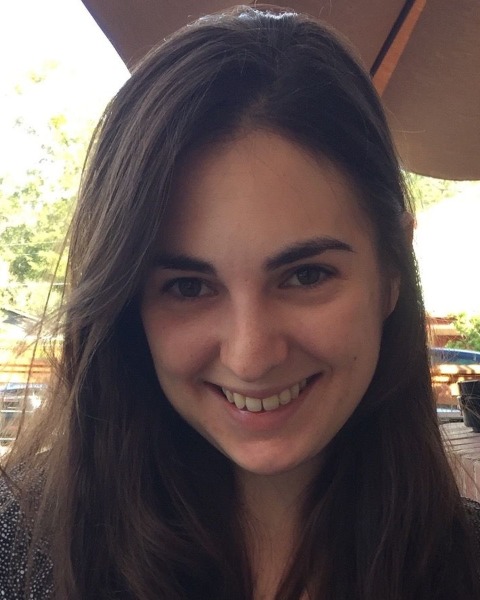Physiologically Based Pharmacokinetics
(W-130) Physiologically Based Pharmacokinetic Models for Infliximab, Ipilimumab, and Nivolumab Developed with GastroPlus® to Predict Hepatic Concentrations
Wednesday, November 13, 2024
7:00 AM - 1:45 PM MST
Cameron Meaney, PhD – Scientist I, Simulations Plus; Lara Clemens, PhD – Senior Scientist, Simulations Plus; Kyunghee Yang, PhD – Senior Principal Scientist, Simulations Plus; Maxime Le Merdy, PhD – Associate Director, Research and Collaboration, Simulations Plus; Viera Lukacova, PhD – Chief Scientist, Simulations Plus; Haiying Zhou, PhD – Senior Director, Simulation Technologies, Simulations Plus

Celeste Vallejo, PhD
Scientist II
Simulations Plus, United States
Author(s)
Disclosure(s):
Celeste Vallejo, PhD: No financial relationships to disclose
Objectives: Infliximab (IFX), ipilimumab (IPI), and nivolumab (NIVO) have been associated with hepatotoxicity. BIOLOGXsym™, a quantitative systems toxicology model, integrates hepatic interstitial concentrations with in vitro mechanistic toxicity data to predict extent of liver toxicity. Physiologically based pharmacokinetic (PBPK) models can be used to make these exposure predictions. The objective of this work was to use modeling and simulation to estimate liver concentrations after administration of the three large molecules.
Methods: Three separate PBPK models were developed in GastroPlus® to simulate plasma and liver concentrations in normal healthy individuals and in patient populations after administration of either IFX, IPI, or NIVO. The models include distribution and clearance mechanisms specific to large molecules, FcRn binding dynamics, and target mediated drug disposition (TNF-α for IFX, CTLA-4 for IPI, and PD-1 for NIVO). Observed plasma concentrations of each large molecule along with literature-informed parameter values were used to fit and validate the PBPK models. Predicted liver concentrations of IFX, IPI, and NIVO were validated using previously reported data by Shah et al1.
Results: The PBPK model for each large molecule was able to reproduce observed clinical plasma concentration data in both healthy and patient populations including rheumatoid arthritis, graft-versus-malignancy, and patients with solid tumors. Predicted pharmacokinetic exposure in all 4 fitting and validation data sets for IFX fell within bioequivalence (BE) limits (0.8 to 1.25) of the observed. For IPI, out of the 7 data sets used for fitting and validation 4 had predicted Cmax within BE limits with a total range of 0.75 to 1.56 of the observed and 2 had predicted AUC within BE limits with a total range of 0.69 to 1.44 of the observed. For NIVO, out of the 11 data sets used for fitting and validation 6 had predicted Cmax within BE limits with a total range of 0.5 to 2.17 of the observed and 3 had predicted AUC within BE limits with a total range of 0.5 to 1.87 of the observed. Liver concentrations were predicted to be between 10% (after Tmax) and 23% (at steady-state) of the plasma concentrations for each of the three drugs. Results from Shah et al.1 found that liver concentrations of monoclonal antibodies are linearly correlated with plasma concentrations and are estimated to be 12.1% of plasma concentrations, which is in line with predicted liver exposure.
Conclusions: Three separate PBPK models for IFX, IPI, and NIVO were developed using only plasma concentrations for optimization and validation. Not only were the models able to reproduce observed plasma concentration time profiles mostly within 2-fold of observed, but liver concentrations were also in line with expected estimations. These models will be useful for predicting hepatic exposure for use within BIOLOGXsym for making liver toxicity predictions.
Citations: [1] Shah DK, Betts AM. Antibody biodistribution coefficients: inferring tissue concentrations of monoclonal antibodies based on the plasma concentrations in several preclinical species and human. MAbs. 2013 Mar-Apr;5(2):297-305.

